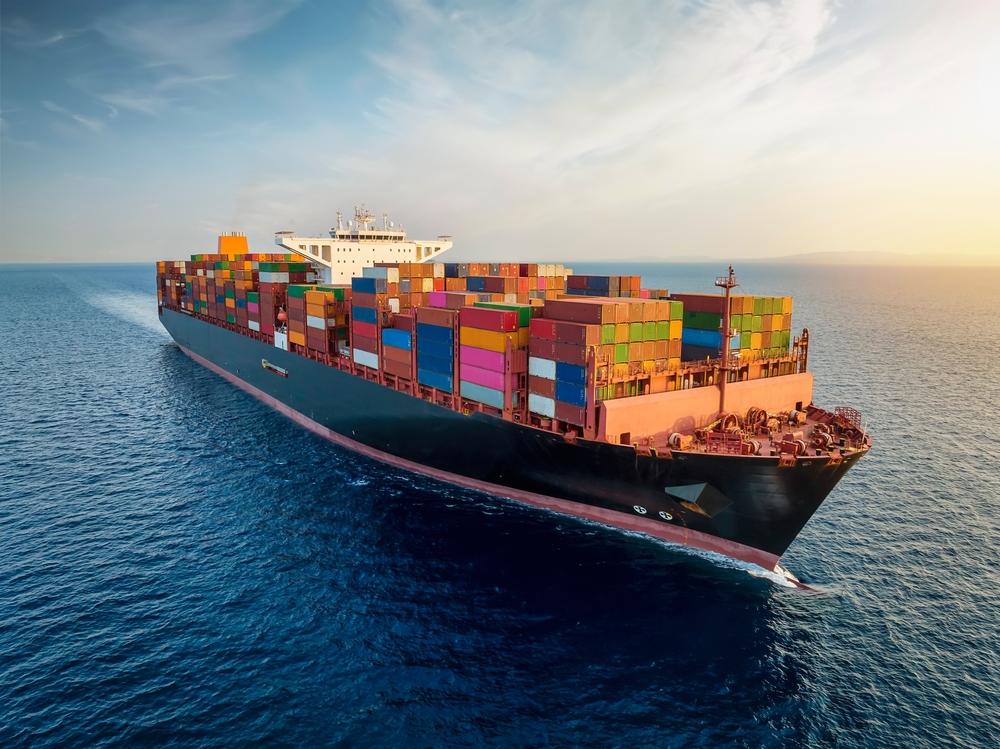Red Sea conflict points to need for rewiring of supply chains — and more
The Red Sea is a wakeup call for companies to rewire and localize their supply chains
The Red Sea being closed to trade for some of the world’s major providers means that companies need to continue moving in the direction of supply chain rewiring and localization. Any disruption that has implications on product availability and inbound shipping points to the need for companies to rewire their supply chains.
Rewiring the supply chain is never a short-term strategy— it is a fundamental change in the supply chain, not only because of the time it requires, but also the capital investment. Since 2021, when the pandemic was at its peak, every company has started to explore this, and the Red Sea disruption has been a reinforcement for companies already moving in this direction.
The Red Sea crisis is yet another indication that supply chain localization and regionalization are very much needed. This is an area under intense discussion, driven by the disruptions that most companies face when their supply chain is very long. As companies diversify and they shorten their supply chains, what should be the closest origin point? If it's Central America, then how ready is Central America to absorb that extra capacity? The trick is to try to make that happen in a less capital intensive way.
Implications on consumer costs
The lesson from the pandemic chapter, when rates were up 200% or even more, was that there is going to be an impact on consumer costs. Specifically for retail, it's been felt more with the outbound transportation cost, which has a first-order impact on customer pricing, than with inbound transportation. Inbound transportation usually happens over a very large volume scale and tends to get absorbed on a per unit basis.
When this starts to break down is if, for example, a Walmart has to charter its own container because it couldn't get enough capacity; or when certain trade lanes see exploding rates per container. Ocean spot rates have gone up significantly — some lanes have increased by 60% — and they can be even more into Europe inbound, but I don't think we're talking that scenario here in the U.S.
For retail, the Red Sea disruption doesn’t pose major near-term implications — longer term this may be a different story. The start of the first quarter generally is not a heavy import season for retailers. Most retailers plan their shipping needs around the holidays. For a general merchandise retailer that deals with back-to-school goods or summer holiday merchandise, they would start receiving those shipments in early second quarter or late first quarter, as opposed to now.
Likewise, for many other categories such as apparel, most of the holiday sales are over,
and at this time of the year a lot of retailers have to deal with over-inventory, which is
either the result of items that did not sell because of improper forecasting, or because of
the deluge of returns from customers right now.
Disruptions in lead time, however, do result in cost hikes. Eventually, if the Red Sea
situation continues, retailers may end up seeing longer lead times for products. So at
this time retailers are constantly watching and adjusting their Q2 forecasts or even their
holiday forecasts. The additional dynamic, which is a uncertain, is how soon will the
situation correct? Should retailers factor for that lead time increase, or not? We have to
wait a few weeks to see how the situation evolves.
Apparel is a sector to watch if the conflict continues
With apparel, there is little European supply that's coming into the U.S. — there is more Asian supply. With the China Plus One strategy, companies moved to Central America to diversify sourcing, but still the lion’s share of product comes from Asia. I don't see that impacted in the near term, but if the situation continues, this could be a sector to watch out for, in particular as they prepare for the summer holiday season and seasonal time frames.
Manufacturing may be more resilient to the Red Sea crisis
Moving upstream in the value chain, I see some manufacturing companies thinking through their raw material sourcing. There's a resilience play here: most of these companies, because the volumes they ship are significant, tend to go with contracted routes. It's spot rates that are going higher. So there's probably a one-time or a short-term cost implication. But I think in general, if you are a manufacturer and your sourcing is impacted, and you're relying a lot on Asia outbound to the U.S., production planning schedules and forecasting for raw materials are likely the biggest challenge.
The chemicals industry could feel more impact because of widespread supply chain
disruption
Many global chemical companies don't have manufacturing for every single kind of product in every geography. So certain geographies supply customers and other geographies do the first order of manufacturing. The finishing and the packaging often happens more locally to the customer base.
Chemicals, paints, lubricants — sectors where there's more manufacturing happening — could see more impact from the Red Sea crisis. If a company's strategy is to manufacture in Europe but the packaging and last step of manufacturing or finishing takes place locally, let's say in the U.S.—that might be impacted. Asia-to-Europe routes are disrupted right now — with at least 6-7 weeks of delays in shipments — which means there could be delays in output of production from Europe.
And if you're supplying the Americas, which many chemicals companies do, especially the coatings businesses, there could be negative implications for both the industry and the customer.
Balika Sonthalia is senior partner and Americas co-lead in the operations and performance practice of global strategy and management consultancy Kearney.







